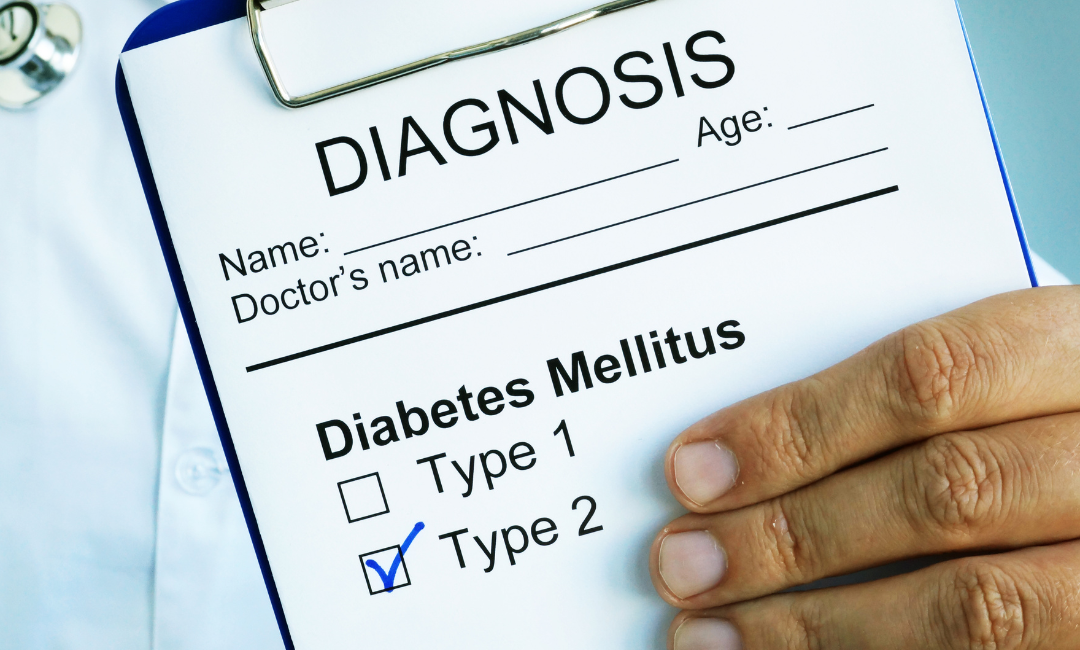Classes of Calcium Channel Blockers
We can classify calcium channel blockers into three classes based on their chemical structure. Each class has a different pharmacokinetic profile and clinical indications.
Diphenylaklamines
e.g.: verapamil that has significant effects on both cardiac and vascular smooth muscle cells.
It is used to treat:
- Angina
- Supraventricular tachyarrhythmias
- To prevent migraine and cluster headaches.
Benzoithiazepines
e.g.: diltiazem. It has a less pronounced negative inotropic effect on the heart, compared to that of verapamil.
They are used to treat
- Hypertension
- Arrhythmias
- Angina
Dihydropyridines
e.g.: nifedipine, amlodipine, felodipine, isradipine, nicardipine, and nisoldipine. They have a different pharmacokinetic profile, drug interactions, and approved uses compared to other calcium channel blockers.
Moreover, they have a greater affinity for vascular calcium channels, compared to that of the heart. It makes them favourable to treat hypertension when a reduction in systemic vascular peripheral resistance is desired.
Dihydropyridines interact less with other cardiovascular drugs, such as warfarin and digoxin. Often they are used concomitantly with calcium channel blockers.







